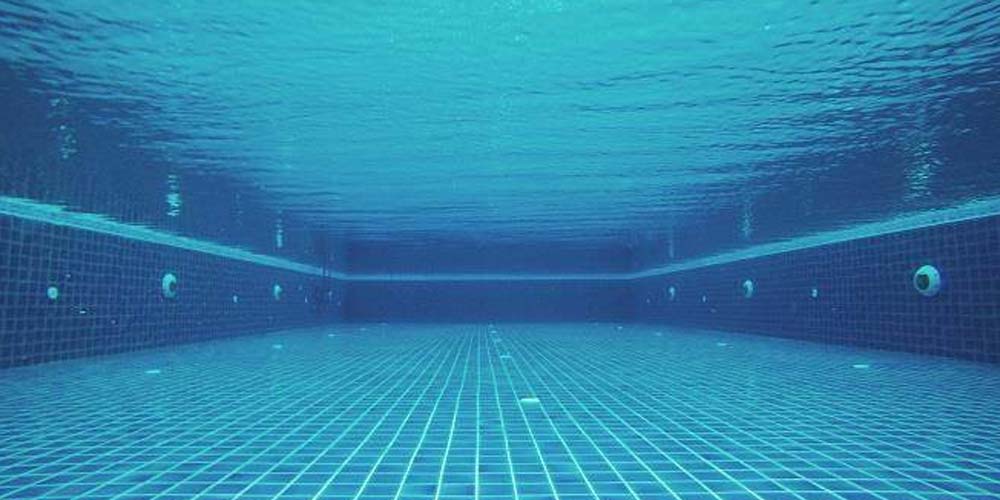The pool chlorine we often talk about generally refers to the chlorine disinfectant used in the swimming pool. This type of disinfectant has a super strong disinfection ability. Daily swimming pool disinfectants generally include: sodium dichloroisocyanurate, trichloroisocyanuric acid, calcium hypochlorite, sodium hypochlorite (also known as bleach or liquid chlorine). When you choose a disinfectant after owning your own swimming pool, you will also find that there are various chemical names and different forms on the market. So how do you choose?
For various chlorine disinfectants on the market, there are probably three different forms: granules, tablets, and liquids. At the same time, it is divided into stable chlorine and unstabilized chlorine according to whether there is a stabilizer.
In addition to generating hypochlorous acid, stabilized chlorine also generates cyanuric acid after hydrolysis. Cyanuric acid can be used as a chlorine stabilizer to make chlorine more durable even in the sun. And stabilized chlorine is safer, easy to store, and has a longer shelf life.
Unstabilized chlorine does not contain cyanuric acid, and chlorine will be lost quickly in the sun. Therefore, this traditional disinfectant is only suitable for indoor use. If it is used in an open-air pool, additional cyanuric acid needs to be added.
Trichloroisocyanuric acid
Trichloroisocyanuric acid usually comes in the form of tablets, granules, or powders. Trichloroisocyanuric acid is a stabilized chlorine and does not require additional CYA. And its effective chlorine content is as high as 90%. Trichloroisocyanuric acid tablets can release chlorine slowly and are more effective. Therefore, they are often used in swimming pool dosing devices or floats. Just turn on the circulation system and let it slowly dissolve evenly in the swimming pool.
Sodium dichloroisocyanurate
Sodium dichloroisocyanurate is a stabilized chlorine and can dissolve quickly, so it is usually dissolved in a container in the form of granules and then poured into the swimming pool. Generally, no additional CYA is required.
It has a fairly high chlorine concentration, between 60-65%, so you don’t need too much to increase the disinfectant level. And its pH value is 5.5-7.0, which is closer to the normal value (7.2-7.8), so less pH adjuster will be required after dosing. And sodium dichloroisocyanurate can be used for swimming pool chlorine shock.
Calcium hypochlorite:
Calcium hypochlorite has a chlorine concentration of 65% or 70%. There will be insoluble matter after calcium hypochlorite dissolves, so it is necessary to stand by for tens of minutes and only use the supernatant. And calcium hypochlorite will increase the calcium hardness of the water. If the calcium hardness is higher than 1000 ppm, it will .
Liquid (bleach water-sodium hypochlorite)
It is a more traditional disinfectant. Application of liquid chlorine is as simple as pouring the liquid into your pool and letting it circulate throughout the pool. You need to check the pool’s pH levels as liquid chlorine causes quick elevations in pH.
Liquid chlorine needs to be used as soon as possible after purchase because the liquid in the bottle will loss most of available chlorine content in several months.
The above is a detailed description of the chemicals for swimming pool chlorine disinfectants. The specific choice depends on the daily usage habits and usage of the pool maintainer. As a manufacturer of swimming pool disinfectants, considering the convenience and safety of storage and use, we recommend sodium dichloroisocyanurate and trichloroisocyanuric acid.
I hope it can be helpful to you. If you have any needs, please contact sales@yuncangchemical.com
Post time: Jul-24-2024

